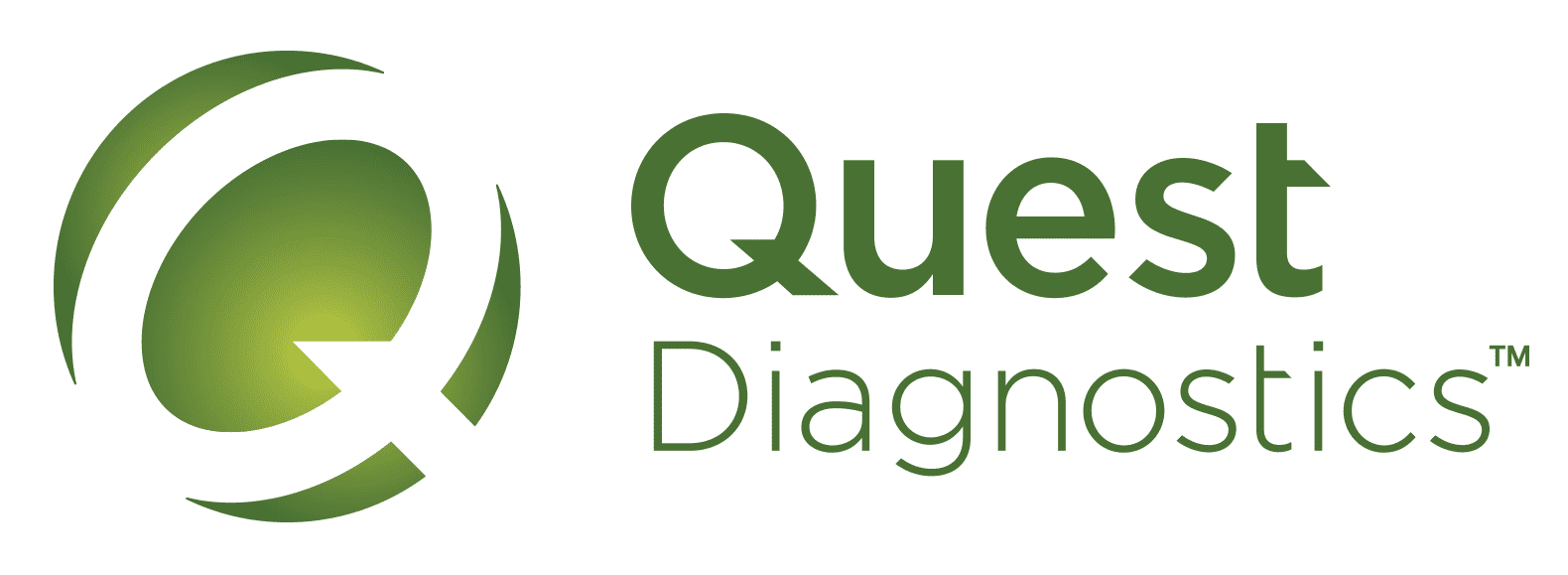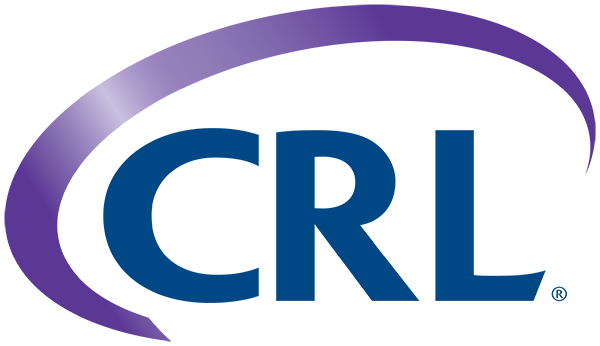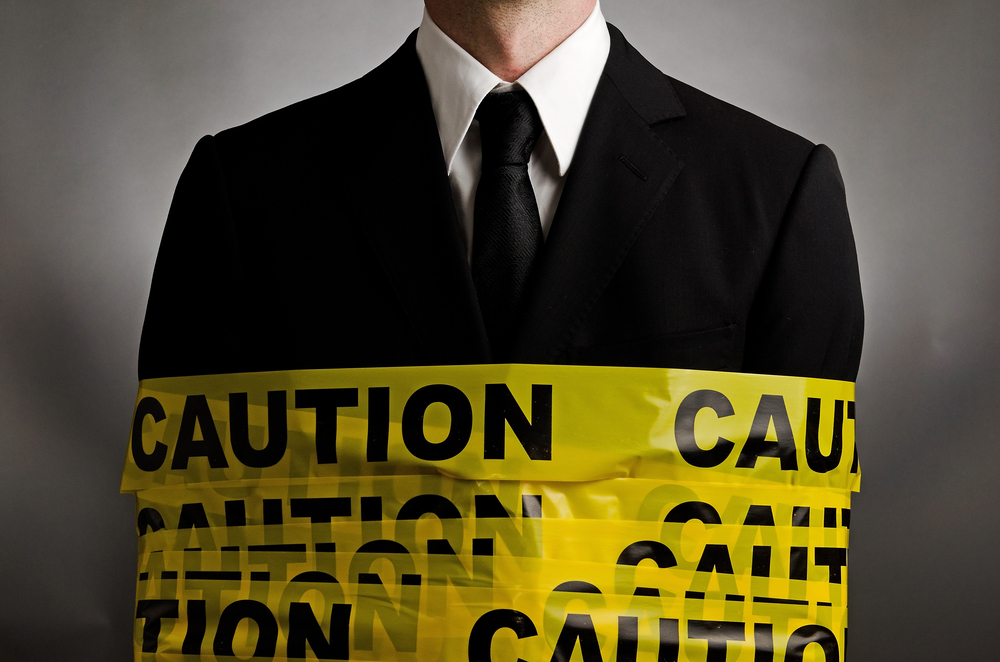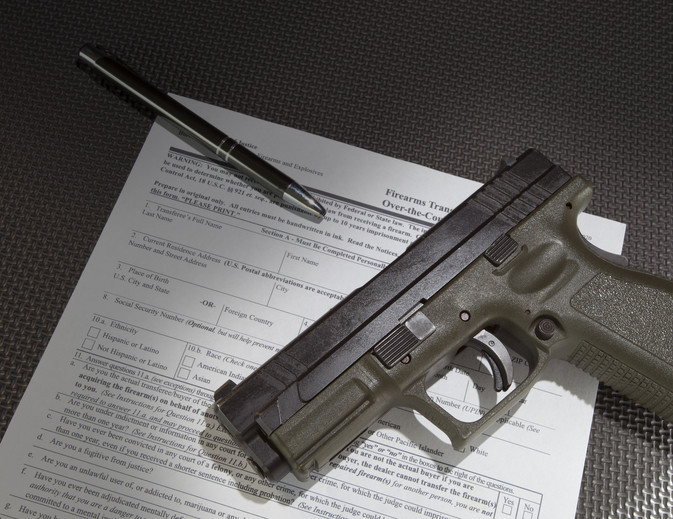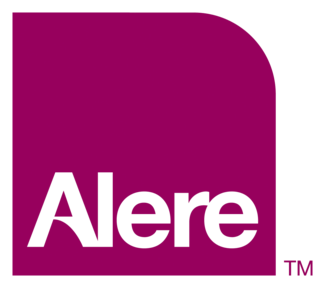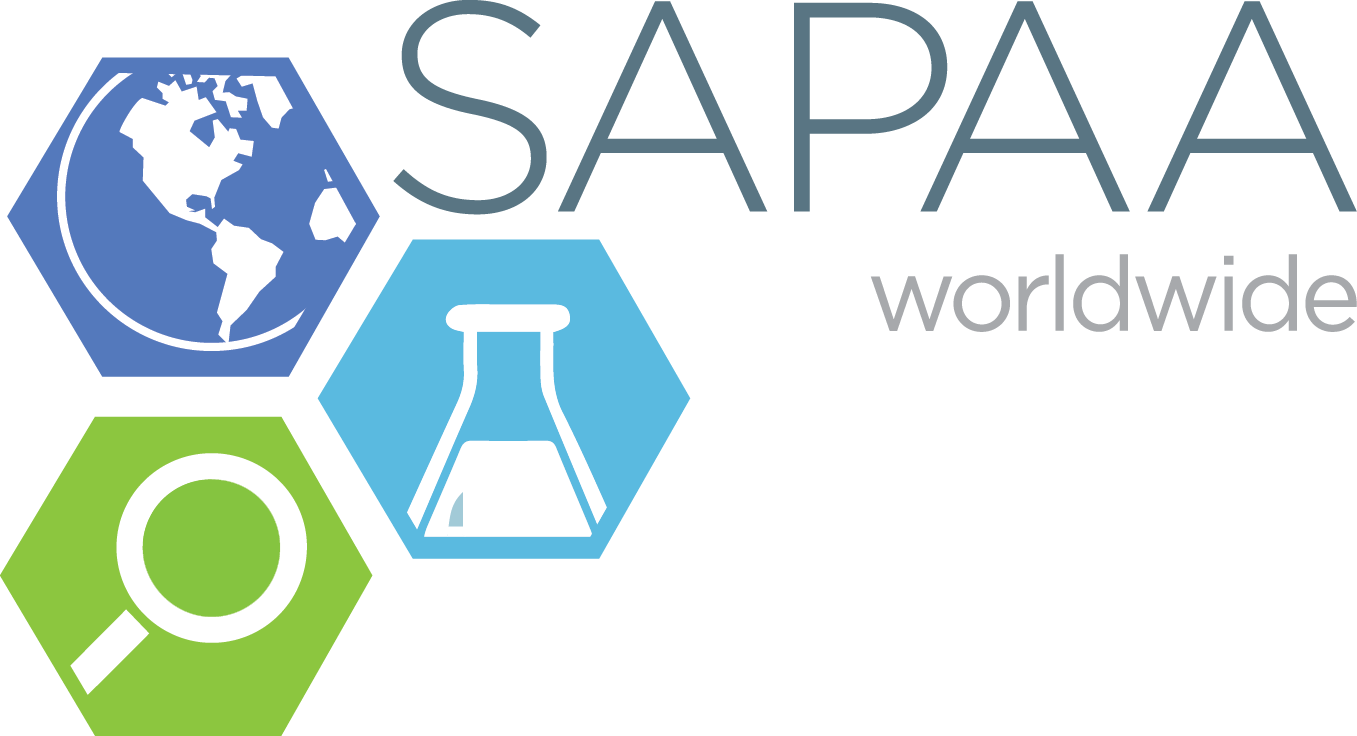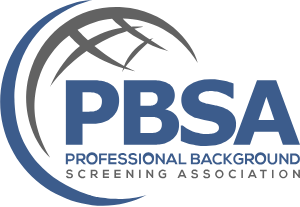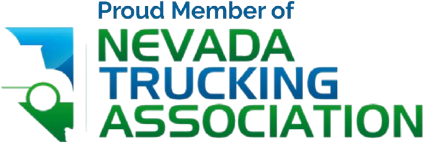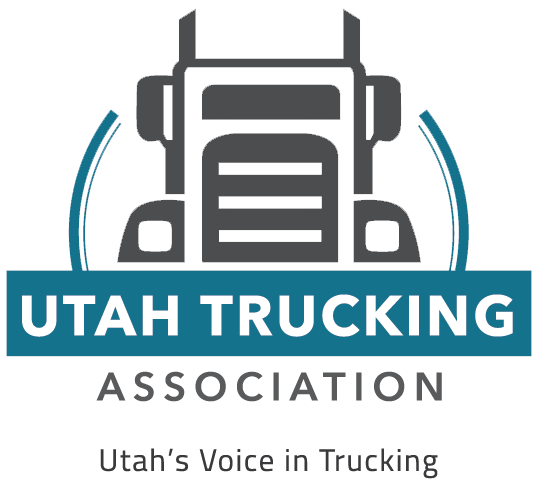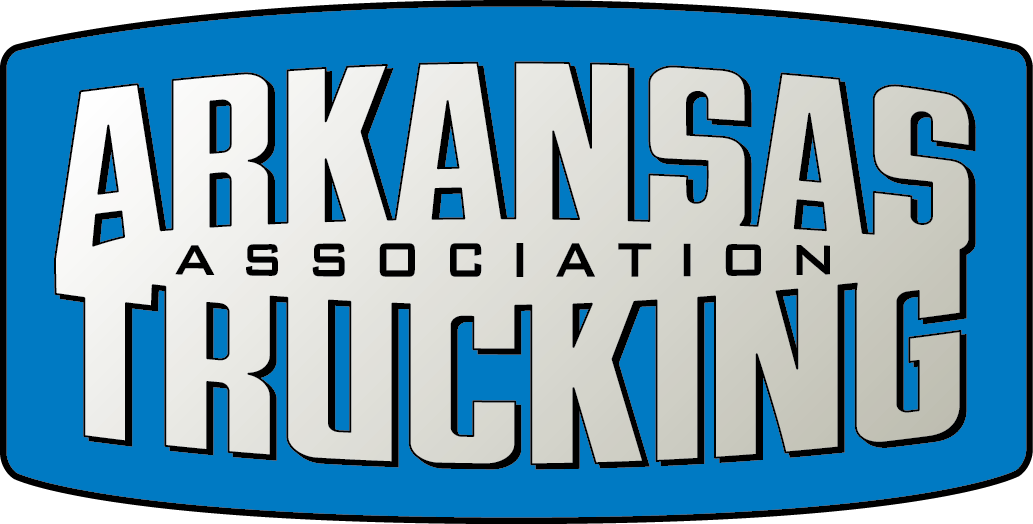US Drug Test Centers Blog
Understanding PHMSA and DOT Drug Testing Requirements
The Pipeline and Hazardous Materials Safety Administration (PHMSA) is the U.S. Department of Transportation (DOT) agency responsible for overseeing the safe, reliable, and environmentally sound transportation of energy and hazardous materials across pipelines and related facilities.
Under PHMSA regulations, specifically 49 CFR Part 199, and the broader DOT drug and alcohol testing framework in 49 CFR Part 40, operators of gas, hazardous liquid, and LNG pipeline facilities, as well as underground gas storage, must administer stringent drug and alcohol testing programs to ensure safety-sensitive personnel are free from impairment or drug misuse.
These laws apply to employees performing operations, maintenance, or emergency-response functions on PHMSA-regulated pipelines and LNG facilities. Covered personnel include contractor staff who perform such functions, even if they are not directly employed by the operator, because PHMSA classifies them as “covered employees.”
Regulatory Foundation: CFR Parts 199 and 40
Anti-Drug and Alcohol Misuse Plans
Per 49 CFR Part 199, each PHMSA operator must maintain a written anti-drug plan and an alcohol misuse plan. These must align with and supplement the procedures outlined in DOT’s Part 40 regulations.
These plans must:
- Define covered employees and covered functions
- Specify methods and procedures to comply with testing requirements
- Identify the laboratories used for analysis
- Detail methods of random selection, collection, confidentiality, and post-test consequences
Employers may delegate testing and training activities to contractors, but the operator must include in contracts explicit requirements for compliance and permit record access by PHMSA or state agencies.
Required Testing Types and Triggers
PHMSA-regulated employers must conduct drug and alcohol testing under several defined circumstances.
Drug Testing
- Pre-employment: Before hiring, every candidate for a safety-sensitive covered position must pass a drug test.
- Post-accident testing: If a covered function may have contributed to or influenced a reportable accident, testing must occur within 32 hours, or else the operator must document why not.
- Random testing: Operators must test a required percentage of covered employees annually, though PHMSA may adjust this rate based on industry-wide positivity rates.
- Reasonable cause testing: Triggered when two supervisors (one trained) observe signs indicating probable drug use. Only one trained supervisor is required in companies with 50 or fewer covered employees.
- Return-to-duty and follow-up: When an employee fails or refuses testing, they must complete return-to-duty and follow-up testing per Substance Abuse Professional (SAP) instructions.
Alcohol Testing
Alcohol testing under PHMSA is not required for random selection. The following triggers apply:
- Post-accident, when impairment is suspected
- Reasonable suspicion, supported by trained supervisors
- Return-to-duty and follow-up after a positive result or test refusal
Random Testing Rate Changes and Industry Trends
Historically, PHMSA required a minimum 50 percent annual random drug testing rate. However, due to declining industry positivity rates, the required rate was reduced to 25 percent in 2023.
This change reflects PHMSA's authority to adjust random testing thresholds when the overall positive rate in the industry falls below 1.0 percent for two consecutive years.
Reporting accurate data through the DOT’s Drug and Alcohol Management Information System (DAMIS) is mandatory, especially for operators with over 50 covered employees, who must submit annual reports that also include contractor testing data. These are often called MIS reports.
Why PHMSA Drug Testing Matters
Pipeline operations often involve hazardous environments, high-pressure systems, and remote work conditions. Substance use on duty can contribute to accidents, environmental harm, and even fatalities. PHMSA’s drug testing program helps:
- Prevent incidents caused by impairment
- Promote worker readiness and safety
- Ensure accountability among operators and contractors
- Maintain compliance with federal safety standards
By enforcing these rules through audits, permit reviews, and inspections, PHMSA upholds safety standards across the energy infrastructure. Violations can result in civil and criminal penalties under the Hazardous Materials Transportation Act, including fines and imprisonment for willful misconduct.
PHMSA Testing Consortiums: How Operators Comply
Due to the complexity of testing schedules, many pipeline companies join a PHMSA DOT drug testing consortiums. These consortiums:
- Pool employees from multiple companies
- Facilitate statistically valid random selections
- Centralize test scheduling, notifications, and documentation
Consortiums help ensure operators meet testing frequency requirements without managing the logistics internally. Each employer is still responsible for ensuring that covered employees are included and properly tested when selected for the random test.
Consortium data must be included in each operator’s annual MIS report, even if testing occurs off-site.
What Types of Drug Tests Are Used?
PHMSA mandates drug testing using urine specimens, consistent with DOT regulations. The standard DOT 5-panel test includes:
- Marijuana metabolites (THC)
- Cocaine
- Amphetamines
- Opioids
- Phencyclidine (PCP)
While other specimen types like hair or saliva may be used for non-DOT purposes, only urine testing is acceptable for PHMSA compliance.
All samples must be analyzed by SAMHSA-certified laboratories, and results must be reviewed by a qualified Medical Review Officer (MRO).
Alcohol tests, when performed, must use approved breath alcohol testing devices and follow DOT Part 40 procedures.
Training, Education, and Recordkeeping
A compliant PHMSA drug and alcohol program includes mandatory training and clear documentation:
- Employee Education: Covered employees must receive materials explaining testing procedures, prohibited behaviors, and consequences.
- Supervisor Training: Supervisors must receive two hours of DOT-required training to identify signs of drug or alcohol misuse.
- Recordkeeping: Employers must maintain accurate documentation of test results, collection protocols, supervisor training, policy distribution, and contractor data.
PHMSA inspectors may audit these records during scheduled inspections or in response to a reportable event.
How US Drug Test Centers Supports PHMSA Compliance
As a PHMSA-compliant consortium and third-party administrator, US Drug Test Centers provides:
- Consortium enrollment: Helping employers meet minimum random testing requirements for drug testing.
- Full DOT-compliant testing services: Pre-employment, post-accident, return-to-duty, reasonable suspicion, and follow-up testing.
- Nationwide coverage: Over 20,000 collection sites across the U.S.
- Certified lab processing: All samples analyzed by SAMHSA-certified labs with MRO oversight.
- Policy development: Support in writing anti-drug and alcohol misuse plans that comply with 49 CFR Part 199.
- Supervisor training: Providing courses and materials for PHMSA supervisor qualification.
- MIS reporting assistance: Data aggregation and formatting for required annual submissions.
By partnering with a knowledgeable service provider, employers can focus on operations while ensuring that their compliance obligations are met.
Sample Framework of a PHMSA-Compliant Testing Program
A well-designed PHMSA drug and alcohol testing program might include:
- Written Plans: Develop and distribute anti-drug and alcohol misuse policies aligned with CFR Parts 199 and 40.
- Consortium Enrollment: Join a PHMSA consortium to simplify random testing compliance.
- Supervisor Training: Train key staff on identifying substance use and managing reasonable suspicion testing.
- Required Testing Events:
- Pre-employment screening
- Random drug testing (minimum 25 to 50 percent annually)
- Post-accident testing within 32 hours
- Reasonable suspicion testing
- Return-to-duty and follow-up as required
- DOT-Compliant Procedures: Collect urine specimens using certified labs and Part 40 chain-of-custody procedures.
- Test Refusal or Positive Result Protocols: Refer to SAP, implement return-to-duty testing, and maintain clear documentation.
- Annual MIS Reporting: Submit all required data accurately and on time.
- Ongoing Review: Monitor policy changes, update testing rates, and document contractor compliance.
Best Practices and Considerations
- Keep Policies Current: Regulatory updates, such as testing rates, must be reflected in company policies immediately.
- Monitor Positivity Trends: Internal testing trends can indicate workforce risk or regulatory exposure.
- Ensure Contractor Compliance: Operators remain responsible for the compliance of contractors performing covered functions.
- Plan for Emergencies: Identify nearby collection sites in advance to accommodate post-accident testing within required timelines.
- Leverage Third-Party Support: Partnering with a provider like US Drug Test Centers reduces administrative burden and enhances audit preparedness.
PHMSA DOT drug and alcohol testing under CFR Part 199 is a rigorous and essential element of pipeline safety.
Employers must maintain clear plans, perform testing under various circumstances, ensure timely reporting, and train both supervisors and employees. The consequences of non-compliance can be severe, not just in terms of legal liability, but also in the potential for catastrophic accidents involving hazardous materials.
Whether your organization is a small pipeline operator or a large nationwide contractor, a strong testing program protects lives, safeguards the environment, and demonstrates your commitment to safety.
US Drug Test Centers offers a full-service solution to help employers navigate these complex regulations. This support ensures compliance, reduces risk, and provides peace of mind that your drug testing program is audit-ready and effective.

